12 Hidden Warning Signs of Skin Cancer You Can't Afford to Miss
Understanding the Subtle Signs of Skin Cancer
As the weather warms and daylight hours increase, people tend to spend more time outdoors, which can elevate their risk of skin cancer. According to the Skin Cancer Foundation, skin cancer is the most common form of cancer in the United States, with at least 1 in 5 Americans projected to develop it by age 70. While it's a prevalent condition, it is also one of the most preventable and curable cancers if detected early. Regular self-checks from head to toe are essential for identifying any potential issues.
Beyond monitoring moles and other skin abnormalities, there are several subtle signs of skin cancer that many might overlook. Here are some insights from dermatologists on what to watch out for:
Skin Growth or Moles That Are Not Brown or Black
When thinking about skin cancer, many people focus on brown or dark moles. However, there are various types of skin growths to be aware of. The three major types of skin cancer are basal cell carcinoma, squamous cell carcinoma, and melanoma. Basal cell carcinoma is the most common, with 4.3 million cases reported annually in the U.S., while squamous cell carcinoma affects another million people each year. Melanoma, though less common, is the deadliest form of skin cancer, with one in 19 patients eventually dying from the disease.
Dr. Adele Haimovic, a surgical and cosmetic dermatologist, notes that some melanomas may appear as skin-colored or pink moles, known as amelanotic melanomas. These can be challenging to detect because they resemble harmless bumps. Regular skin checks by a dermatologist are crucial for identifying these subtle signs.
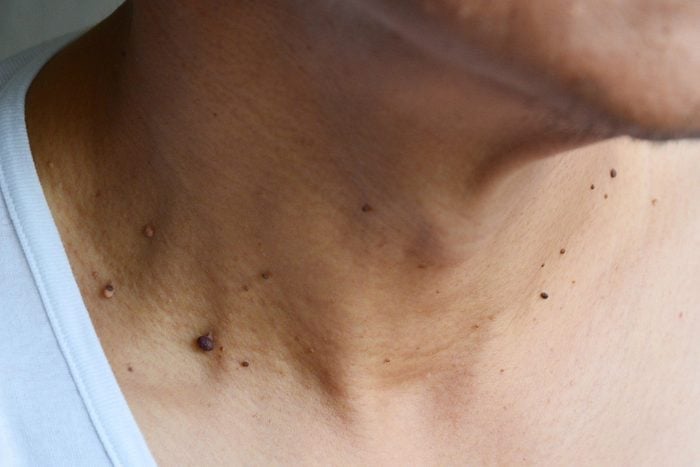
Shaving Nicks
Bleeding after shaving could be a sign of skin cancer. Dr. Haimovic explains that basal cell carcinoma and squamous cell carcinoma can bleed after minor trauma, such as shaving, or even spontaneously. If you notice bleeding in the same area repeatedly, it’s important to have it evaluated by a dermatologist.
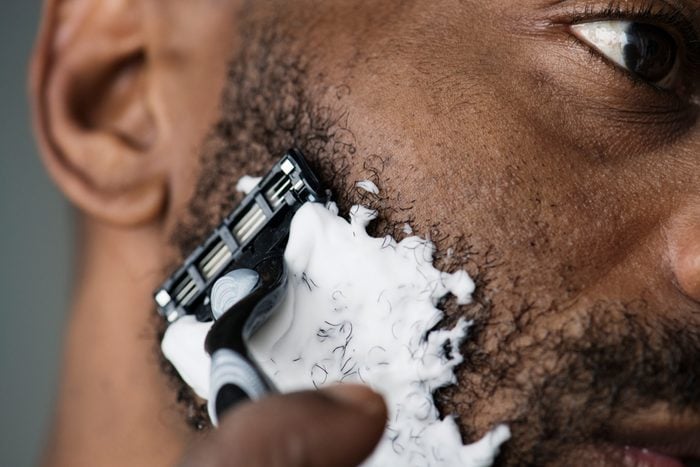
Family History
About one in ten people diagnosed with melanoma has a family member with a history of the disease. Familial malignant melanoma increases the risk of melanoma by 50%. This highlights the importance of understanding your family’s medical history when assessing your own risk.

A Pimple That Doesn’t Go Away
Basal cell carcinoma may appear as a translucent, skin-colored, or pink pimple that doesn’t resolve. Unlike typical pimples, which usually go away within two to three weeks, persistent spots should be checked by a dermatologist.
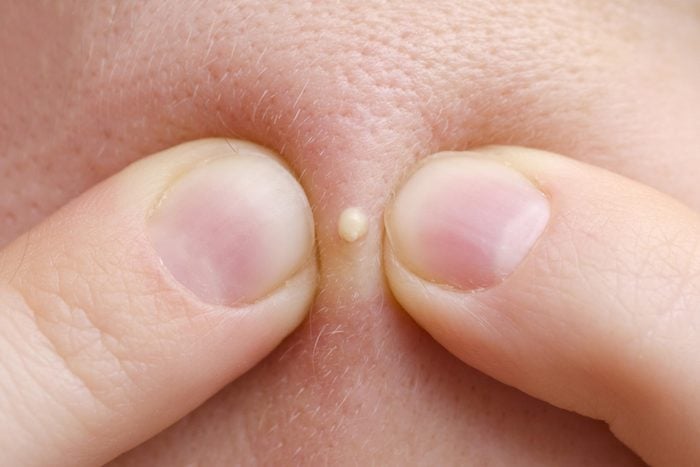
A Dark Band on Your Nail
A dark vertical line on a fingernail or toenail could be a sign of melanoma. Dr. Steven Wang, founder of Dr. Wang Herbal Skincare, suggests that if the band has multiple shades of brown and black or is wider than three millimeters, it should be examined by a doctor.
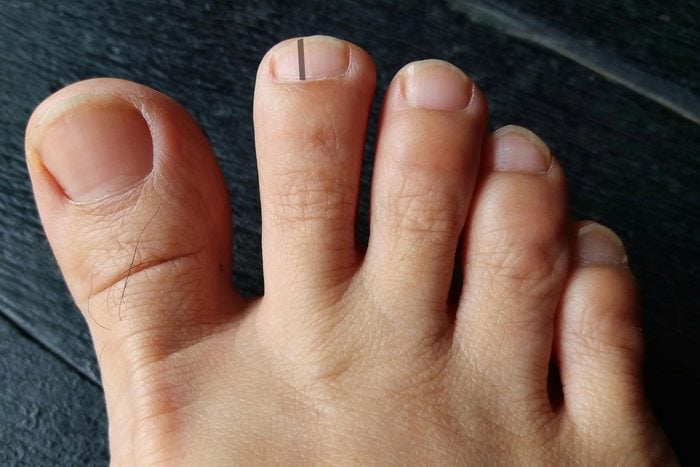
One of Your Moles Is Not Like the Others
Dermatologists refer to this as the "ugly duckling sign." If a mole stands out from others in color, size, or shape, it could indicate melanoma. For example, a reddish or light-brown mole among darker ones may be a warning sign.

Previous PUVA Treatments
Psoralen and UV-light treatments (PUVA) used for conditions like psoriasis increase the risk of melanoma. Studies show that individuals who had 250 or more treatments face five times the risk compared to those who never received PUVA.
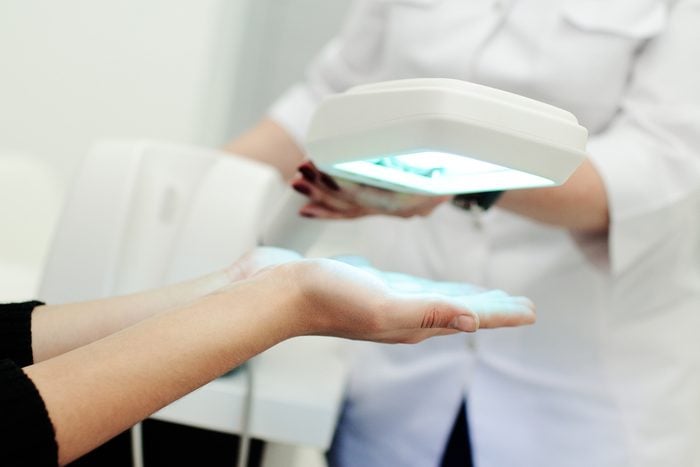
HPV Infection
Certain types of human papillomavirus (HPV) are linked to an increased risk of nonmelanoma skin cancer. A 2012 study found that participants with antibodies against specific HPV types had a higher likelihood of developing nonmelanoma skin cancer.
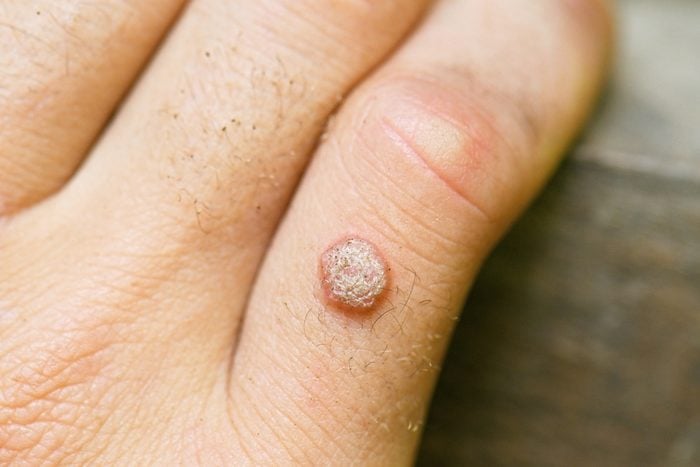
Weakened Immune System
People with weakened immune systems, such as those with HIV/AIDS or undergoing chemotherapy, are at higher risk for skin cancer. This includes individuals with lymphoma or those taking immunosuppressive medications.

XP Gene
Xeroderma pigmentosum (XP) is a rare genetic disorder that makes individuals extremely sensitive to UV rays. People with XP have a high risk of developing melanoma and other skin cancers, especially in sun-exposed areas.
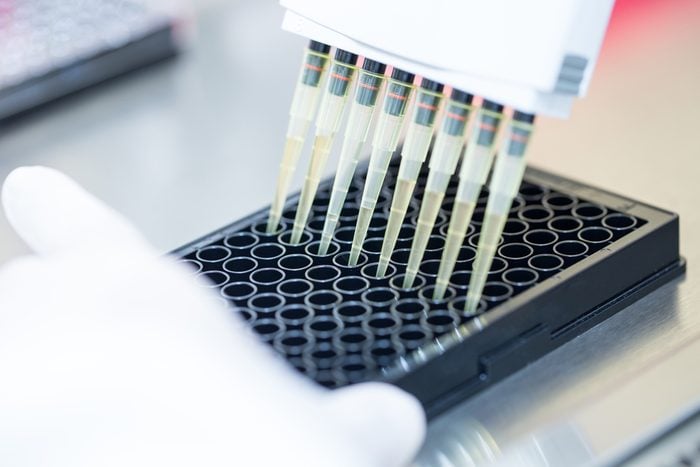
Exposure to Industrial Chemicals
Working with certain industrial chemicals, such as arsenic or polycyclic aromatic hydrocarbons, increases the risk of skin cancer. This includes exposure to substances found in pesticides, coal, and diesel exhaust.

Previous Skin Cancer Diagnosis
Having had one type of skin cancer increases the likelihood of developing another. Regular follow-ups with a dermatologist are essential to monitor for recurrence, especially in areas like the ears, nose, and lips.
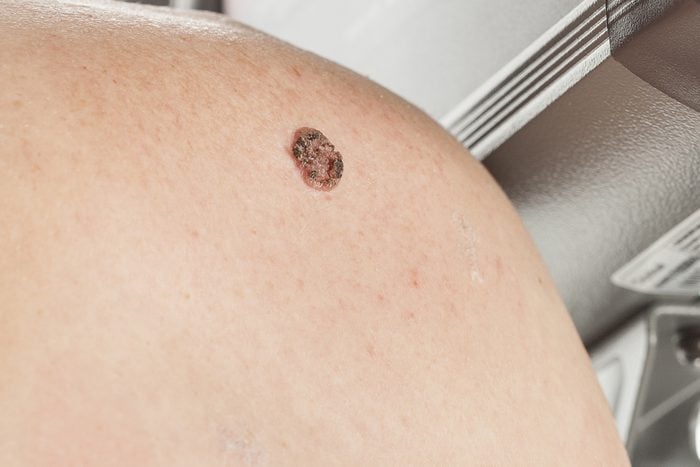
Stay Vigilant
Dermatologists recommend monthly self-checks for moles and skin abnormalities. Use the ABCDE guideline—asymmetry, border, color, diameter, and evolving—to evaluate any suspicious growths. Early detection significantly improves the chances of successful treatment.
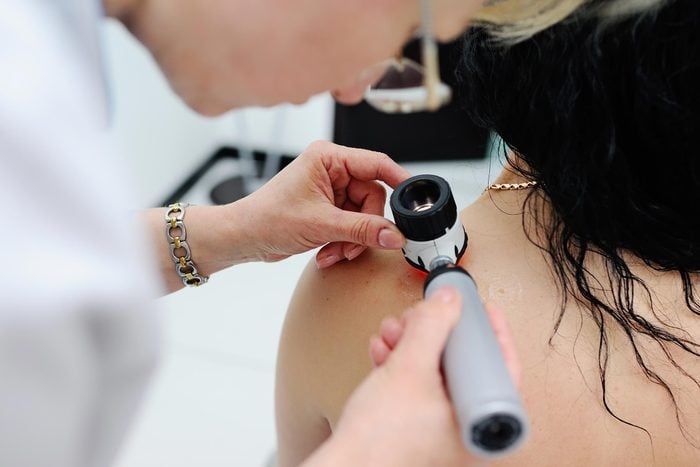
By staying informed and vigilant, you can take proactive steps to protect your skin and reduce the risk of skin cancer. Remember, early detection is key to effective treatment and recovery.